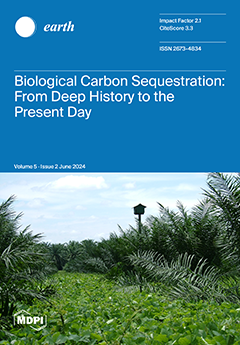The United Nations (UN) Land Degradation Neutrality (LDN) evaluation stresses the need to account for different types of land degradation (LD) as part of the UN Sustainable Development Goal (SDG 15: Life on Land) and UN Convention to Combat Desertification (UNCCD). For example, one of the indicators, 15.3.1 Proportion of land that is degraded over total land area, can be differentiated between different types of LD (e.g., urban development, agriculture, barren) when considering land use and land cover (LULC) change analysis. This study demonstrates that it is important to consider not only the overall anthropogenic LD status and trend over time, but also the type of LD to confirm LDN. This study’s innovation is that it leverages remote-sensing-based LULC change analysis to evaluate LDN by different types of LD using the state of Ohio (OH) as a case study. Almost 67% of land in OH experienced anthropogenic LD primarily due to agriculture (81%). All six soil orders were subject to various degrees of anthropogenic LD: Mollisols (88%), Alfisols (70%), Histosols (58%), Entisols (55%), Inceptisols (43%), and Ultisols (22%). All land developments in OH can be linked to damages from LD, with 10,116.3 km
2 developed, resulting in midpoint losses of 1.4 × 10
11 kg of total soil carbon (TSC) and a midpoint social cost of carbon dioxide emissions (SC-CO
2) of $24B (where B = billion = 10
9, USD). Overall, the anthropogenic LD trend between 2001 and 2016 indicated LDN, however, during the same time, there was a six percent increase in developed area (577.6 km
2), which represents a consumptive land conversion that likely caused the midpoint loss of 8.4 × 10
9 kg of TSC and a corresponding midpoint of $1.4B in SC-CO
2. New developments occurred adjacent to current urban areas, near the capital city of Columbus, and other cities (e.g., Dayton, Cleveland). Developments negated OH’s overall LDN because of multiple types of damages: soil C loss, associated “realized” soil C social costs (SC-CO
2), and loss of soil C sequestration potential. The state of OH has very limited potential land (1.2% of the total state area) for nature-based solutions (NBS) to compensate for the damages, which extend beyond the state’s boundaries because of the greenhouse gas emissions (GHG).
Full article





